Companies worldwide are stepping up to address climate change by reducing their carbon footprint. One of the most significant ways to accomplish this is by implementing green logistics within your supply chain. Here, we’ll discuss exactly what that means and how to incorporate green logistics into your supply chain management effectively.
According to the Association of Supply Chain Management (ASCM) Dictionary, green logistics within a supply chain is defined as a supply chain that considers environmental impacts on its operations and takes action along the supply chain to comply with environmental safety regulations and communicate this to customers and partners. This extends to green reverse logistics, in which the supplier is responsible for disposing of packaging materials or environmentally sensitive materials such as heavy metals.

While implementing green logistics has a significantly positive effect on our environment, it also provides companies with increased cost savings and production efficiencies.
And think about the consumer mindset –– given the choice, wouldn’t you feel better about choosing a company that was doing its part to help the environment? According to Forbes, 68% of shoppers plan to base their future purchases on their own evaluation of which brands are committed to sustainability.
So, in addition to saving your company time and money, green logistics will also give your brand image a boost –– all reasons why green logistics has become a very important part of supply chain management.
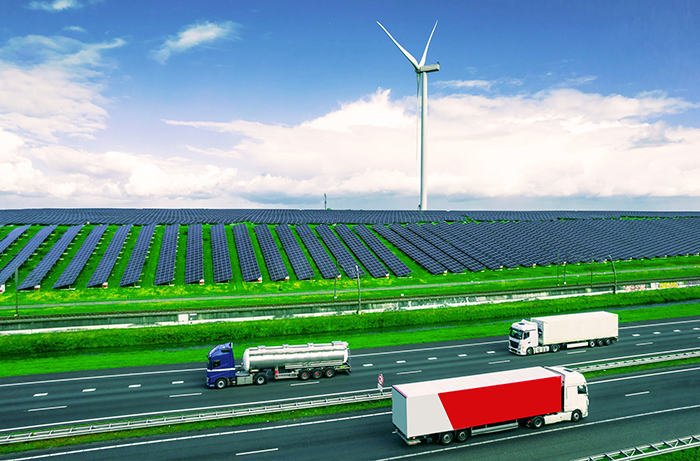
The concept of, or desire for, green logistics first appeared in the 1970s as the general public became more aware of the growing threats to climate change. As this awareness grew, it spurred new regulatory pressures and technological advancements that helped green logistics evolve and spread throughout the corporate world.
As a result of consumer demand for more environmentally friendly brands and products, companies began to assess the negative impact their operations were having on the environment and initiate changes to incorporate eco-friendly logistics systems and more sustainable supply chain management to lessen this environmental damage.

Green logistics continues to evolve as new technologies emerge and environmental concerns grow. The future likely holds further innovations in sustainable materials, automation, and circular economy practices, driving the next phase of green logistics development.
In traditional logistics, the focus is on operations –– establishing the most cost-efficient way to get your products from point A to point B. This includes everything within the engineered or transactional flow of information, goods, and money with the supply chain network, from order process and fulfillment to packaging and labeling and return management.
Green logistics addresses the existing logistics infrastructure and focuses on reducing the environmental impact of operations by optimizing transportation routes to minimize fuel consumption and emissions, implementing energy-efficient warehouse practices, using eco-friendly packaging and adopting technology to improve resource utilization.
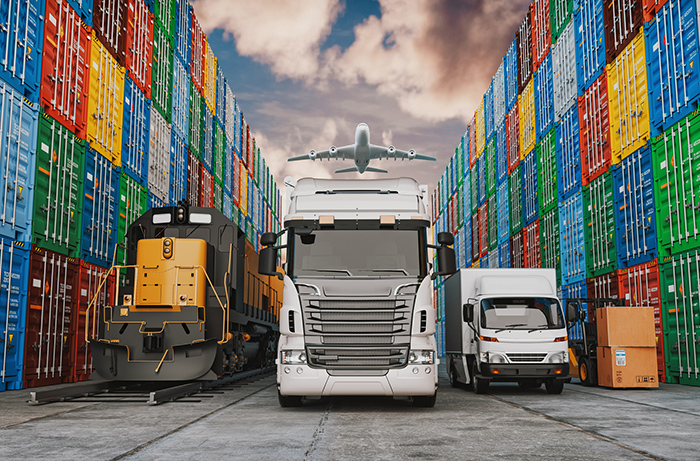
The overriding goal of green logistics is to lessen a company’s negative impact on the environment by incorporating more sustainable practices into its logistics and supply chain management to achieve a circular economy through these three main principles:
Minimizes the amount of resources used and waste generated throughout the supply chain. Specific strategies include:
The process of converting waste materials into reusable materials and products through conscious efforts made in the following areas:
Emphasizes the repeated use of products and materials without reprocessing them. This can be seen in:
Green logistics benefit companies by creating cost and product efficiencies and building a positive brand image –– all while helping the planet by reducing the negative impact on the environment. Here is more insight on the specific advantages of green logistics:
This is the primary advantage of green logistics. By incorporating sustainable practices into their supply chain logistics operations, companies reduce their overall carbon footprint and limit the pollution they contribute to the environment.
By incorporating more efficient transportation methods, rerouting truck routes and limiting the use of combustion vehicles, companies create essential cost-savings while also reducing pollution.
While the cost of using biodegradable or reusable packaging may be higher than single-use materials, recyclables like cardboard pallets and reusable plastic film can save businesses money in the long run. Packaging accounts for almost half of the world’s plastic pollution, which is why it is essential to use this resource correctly.
Incorporating green logistics into operations helps businesses build a positive “eco-responsible” reputation, which will serve them well in the eyes of the public. Customers, suppliers and stakeholders prefer doing business with and investing in companies known for making a positive environmental impact.
Translating data into meaningful recommendations and strategies will help supply chain managers take concrete actions to improve performance, mitigate risks, and capitalize on opportunities in real-time.
Green logistics involves recycling or reusing materials, which saves companies money by reducing the loss of goods or raw materials from the warehouse.
Using green logistics in warehouse operations includes leveraging advanced algorithms to orchestrate lighting, heating and cooling systems to conserve energy. Another tactic is employing Automated Storage and Retrieval Systems (ASRS) and Autonomous Mobile Robots (AMRs) to optimize the building footprint and reduce the need for carbon-emitting forklift trucks.
While the effective implementation of green logistics brings with it many benefits for the company and the environment, it is not without its challenges:
Adopting eco-friendly technologies and practices, such as electric vehicles, renewable energy sources and sustainable packaging materials, requires an upfront investment companies must be prepared to make.
Incorporating new policies and procedures requires changes to established processes. While this is a short-term challenge, it may require retraining, shifting existing roles and responsibilities and perhaps hiring new employees, which can be difficult, time-intensive and expensive.
Environmental regulations can vary across regions and pose issues to companies that operate on a global scale, creating barriers to uniform implementation of green practices.
Implementing green logistics across the entire supply chain, from suppliers to end consumers, requires effective communication, transparency and cooperation among all stakeholders, which can be difficult to achieve.
Businesses often employ the following green logistics practices to reduce gas emissions, conserve resources, reduce waste, and meet customer demand for environmentally conscious products and services:

Every day, companies all around us are employing green logistics to lessen their carbon footprint. One notable real-world example is UPS (United Parcel Service). By successfully committing to the following green logistics practices, they have not only helped the environment but positioned themselves as a leader in sustainable business practices, enhancing their brand reputation and customer loyalty through:
They have invested heavily in alternative fuel vehicles and drones and use an advanced route optimization system called ORION (On-Road Integrated Optimization and Navigation) to optimize delivery routes and minimize emissions.

They offer customers sustainable packaging options and provide reusable shipping containers.
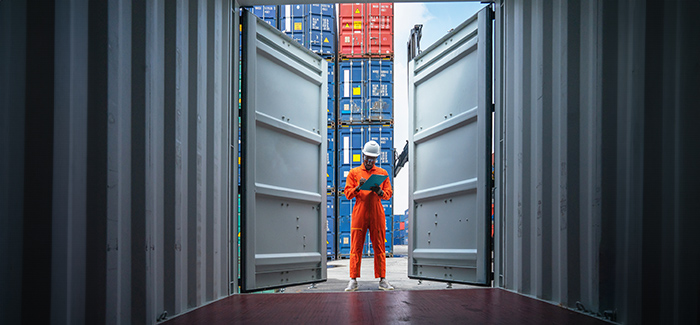
They use energy-efficient lighting, HVAC systems and renewable energy sources like solar panels in their distribution centers and warehouses.
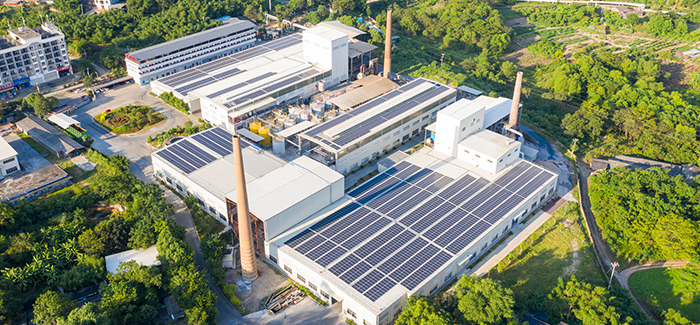
They prioritize suppliers who adhere to environmental sustainability practices, including sourcing sustainable materials and promoting the use of recycled content.
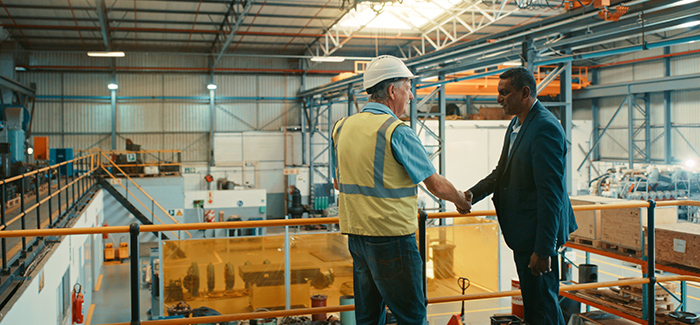
They offer comprehensive systems for refurbishing, recycling and responsibly disposing of returned items and follow robust waste management and recycling programs across all their facilities.
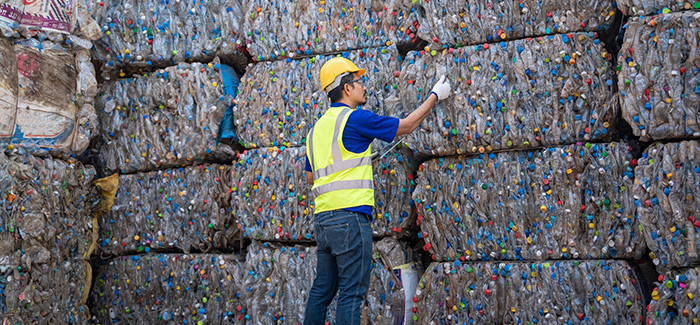
Green logistics makes the entire supply chain more sustainable, cost-effective and productive by minimizing the number of emissions-producing vehicles on the road, reducing packaging waste and optimizing energy consumption.
As we move into the future, green logistics continues to play a critical role in the success of a company’s supply chain management by creating time- and money-saving efficiencies and building an eco-friendly brand image that boosts revenue, increases competitiveness and appeals to consumer demand –– all the while helping the planet combat climate change.
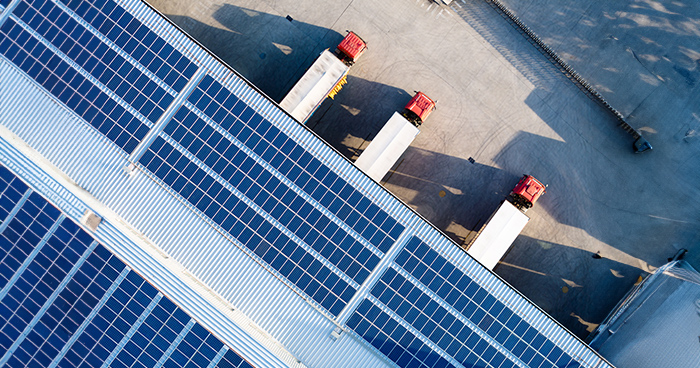
There are several ways you can begin to incorporate sustainable practices into your company’s supply chain management to reduce your carbon footprint and achieve successful green logistics:
Green transportation is one element of green logistics that helps a company achieve sustainability by ensuring the transportation methods used within supply chain management are environmentally friendly. The three primary ways to accomplish this are:
Investing in electric or hybrid vehicles can significantly reduce the emissions produced by your fleet. Replacing an entire fleet is expensive, so it’s best to start with the ageing vehicles first and utilize other eco-friendly tactics, such as adding tailpipe carbon capturing and converting existing vehicles to run on renewable fuels.
Biofuels and alternative fuels manufactured from various feedstocks, used cooking oil, agricultural residues and municipal solid waste provide promising decarbonization solutions for trucks, ships and airplanes.
Using real-time fleet management and AI-powered software can help your company save time and reduce waste by optimizing carrying capacity and routes, streamlining last-mile delivery and ensuring fewer trips.
Achieving supply chain sustainability goals while establishing cost and production efficiencies through green logistics requires the support of advanced tools and technologies for successful implementation. Here are some of the software and systems companies use to reduce their environmental footprint:
Algorithms and AI help plan the most efficient delivery routes, reducing fuel consumption and emissions.
Optimizes and streamlines various activities throughout the supply chain, from warehousing operations and transportation execution to inventory management and demand forecasting.
Leverages big data and machine learning to optimize operations and reduce excess inventory and waste.
Stores and shares data to enhance transparency and traceability, verifying and upholding sustainable practices.
Enables real-time tracking of goods for improved efficiency and reduced waste.
More technologies are on the horizon to continue the momentum and further advance the capabilities of green logistics throughout the supply chain:
Increasingly sophisticated predictive analytics will push the envelope for supply chain green logistics.
Automation and electric propulsion will further reduce emissions and increase transportation efficiency.
A potentially clean fuel alternative producing only water as a byproduct.
Could potentially revolutionize logistics efficiencies by solving complex organizational problems at unprecedented speeds.
The following links provide more in-depth information on other supply chain topics:
Subscribe today and you’ll receive valuable supply chain insights from the top leaders in the industry that will help you do your job better, faster, and more efficiently. From industry news to insider tips and trends, Signals delivers a quick read on the latest information on supply chain management right to your inbox.
